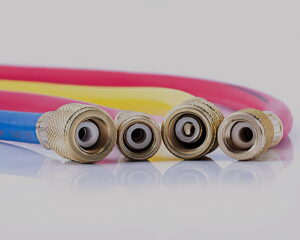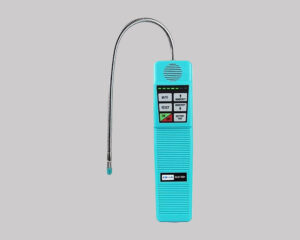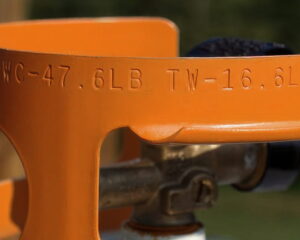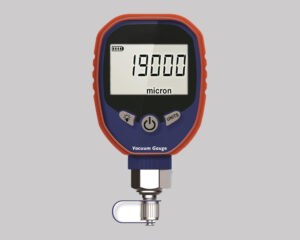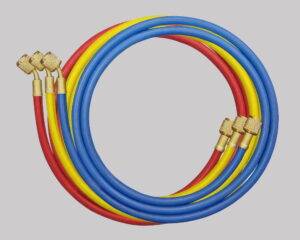Leaks in industrial systems can be a significant issue, especially when working with gas systems. Helium leak detection has become a standard practice in many industries to ensure that systems are leak-free and operate at optimal performance.
Helium as Tracer Gas for Leak Detection
The principle behind this method is that helium gas can easily pass through the smallest of leaks and can be detected with a helium leak detector. Helium is an inert gas and is non-toxic, non-flammable, and is present in the atmosphere in very low concentrations. Therefore, when using helium as a tracer gas, it will not affect the environment.
Leak Detection Process
The use of vacuum technology is essential in this process. A vacuum system is used to evacuate the system being tested to a low pressure, typically in the range of 10-2 to 10-5 torr. Once the system has been evacuated, the helium tracer gas is introduced into the system, and any leaks present in the system will allow the tracer gas to escape.
The helium leak detector is then used to detect the presence of the tracer gas. If there is a leak in the system, the helium gas will escape, and the amount of helium detected by the leak detector will increase, indicating the location and size of the leak. The detector can measure helium concentrations as low as 10-12 atm-cc/sec, making it an extremely sensitive method for detecting leaks.
Two Types of Helium Leak Detector
Helium leak detectors are essential tools used in the detection of leaks in various systems, including refrigeration systems, air conditioning systems, heat exchangers, vacuum systems, and other pressurized systems.
There are two primary types of helium leak detectors: dry and wet. The main difference between them is the type of vacuum pump used.
Dry Helium Leak Detector
A dry helium leak detector uses an oil-free vacuum pump, such as scroll pump as primary pump. This avoids oil contamination of the test parts and systems. They are suitable for clean applications and applications that require high vacuum, such as semiconductor, solar energy, electronic packaging and other industries.
Advantages:
- It is more suitable for systems that detect high pressure or high temperature.
- Less maintenance costs because oil change is not required.
- Lower noise level and less vibration
Disadvantages:
- Lower pumping speed.
- Lower detection sensitivity.
- More expensive
Wet Helium Leak Detector
A wet helium leak detector uses an oil-sealed rotary vane pump or roots pump as primary pump. Some small amount of oil vapors may be emitted during operation. It’s suitable for general industrial applications, such as automotive, refrigeration, air conditioning, etc.
Advantages:
- Much lower initial cost
- The controller has high detection sensitivity.
Disadvantages:
- Risk of oil contamination for test parts and systems.
- Not suitable for systems with high pressure or high temperature.
- The device requires more maintenance and cleaning.
Coolink, a TOP 3 Global HVAC Vacuum Pump Manufacturer & Quality Industrial Vacuum Pump Supplier from China


